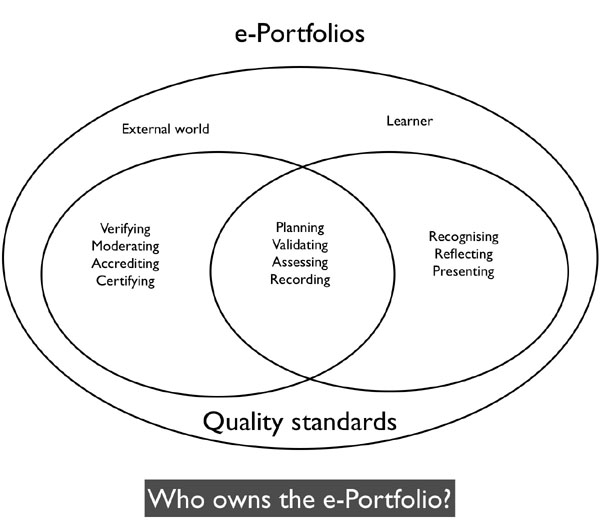The UK Commission for Employment and Skills has published an interesting survey of Employer Perspectives Survey, the second in a series of biennial, large scale surveys of employers designed to provide a UK-wide picture of employer perspectives of, and experiences in, the recruitment and skills landscape. The draw attention to the following key findings:
- There are perhaps unexpected signs of business confidence amongst private sector employers: almost half of establishments expect their business to grow in the coming year, and there is also greater confidence amongst younger businesses than older ones.
- Employers typically use a range of channels when they are looking to recruit. They tend to make most use of private recruitment services which they do not have to pay for. Indeed, the single most common channel employers used to find candidates to fill vacant posts was ‘word of mouth’.
- Candidates’ qualifications play a role in most employers’ recruitment processes and decisions, and a significant role for more than two in five. Academic qualifications continue to be better regarded than vocational qualifications.
- Whilst the majority of employers train and plan their training there is a significant core of employers that do not.
- Employers are more likely to provide training internally than to access the external workforce development market, although overall around half of employers do use external channels to deliver workforce development for their staff.
- Employers most commonly look to commercial providers (private sector training firms or third sector providers) when they are looking outside of their own organisation to deliver training.
- Overall take up of vocational qualifications remains at a steady level. However, there has been qualitative improvement in satisfaction with vocational qualifications amongst those employers that offer them.
- Only a minority of all UK establishments offer apprenticeships (15 per cent). However, almost a quarter of those who don’t currently offer Apprenticeships expect to in the coming 2-3 years.
- Employers are open to the recruitment of, or providing opportunities to, young people. Just over a quarter of all establishments, or 62% of those who had recruited, had recruited a young person in the previous 12 months. A quarter of all establishments had offered a placement to schools, college or university students.
A number of these findings appear significant. Employers still often rely on word of mouth – i.e. informal networks – when recruiting. And if qualifications play significant role for more than two in five decisions about who to recruit this means for three out of five they do not! The report also notes that
Academic qualifications continue to be better regarded than vocational qualifications and that when employers are looking to recruit new employees to key occupational roles, they usually anticipate that they will need to develop these new recruits’ skills, at least to some extent. UKCES report that employers are more likely to provide training internally (63 per cent did so) than to access the external workforce development market. Furthermore there is a wide sectoral variation in the provision of external training, ranging from 86 per cent in the Non-Market Services to 49 per cent in Trade, Accommodation and Transport sector.
Prospects for young people are problematic. “Amongst those active in the labour market in the last 12 months, the recruitment of young people was highest in the Trade, Accommodation and Transport sector at 71 per cent falling to between 55 and 59 per cent in all other sectors. This reflects the roles they are recruited to: 21 per cent of all employers recruiting young people reported that their most recent recruit was to a Sales and Customer Service role and 20 per cent to an Elementary occupation.”
Just 15 per cent of enterprises were offering apprenticeships. And of those that were: “Approaching a third of those who offer formal Apprenticeships (31 per cent) offer Apprenticeships that take 12 months or less to complete, and five per cent offer Apprenticeships with a duration of six months or less.”
All in all the report reveals some pretty big challenges ahead if the UK is going to develop an advanced education and training system, especially where employers are concerned.

